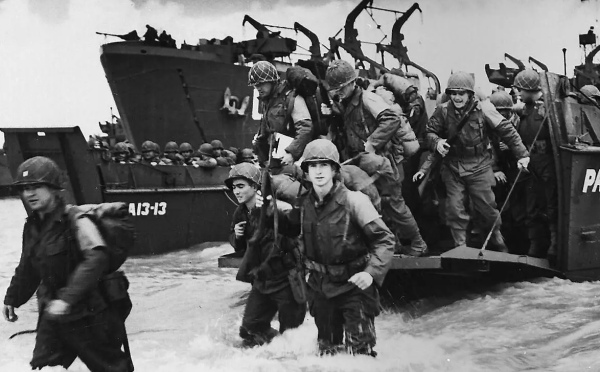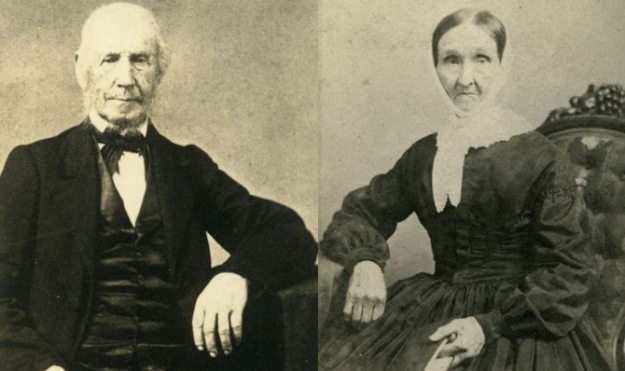Street Widening Project
While Mayor Charles Ashley and the general populace felt the street needed broadening, some city officials and merchants were reluctant to do so. Many merchants did not want their livelihood to go on hiatus or their shop relocated while their building was razed and the project undertaken.

In addition, those on the west side of the street felt they would be paying taxes twice. They felt they were already paying taxes and once the widening would be finished they would be responsible for paying an additional tax, called a Betterment Tax, under Massachusetts law. In addition, they would suffer with smaller facilities, meaning less inventory and revenue for shops, and landlords charging tenants less.
In The American City, Volume 10 Watson Randolph mentions the street was so narrow and traffic so treacherous that it “…caused danger to life.” By 1913, residents had had enough and a petition 6,000 strong was brought to the city, who followed with a majority vote approving the idea. The project would happen. Purchase and Union Streets were both broadened to support the increased traffic. The west side of Purchase Street from Union to Elm was expanded by 16′ 1/2 feet and the Merchants Bank Building on William and Purchase was completely rebuilt.
The total cost then for the Purchase Street expansion was $373,885.72, an estimated 30 million dollars in today’s money. Damages to local businesses was $22,114.28 or approximately $2,500,000. During the reconstruction, these businesses were either demolished or renovated. This foresight allowed Purchase Street to further grow and therefore the city to prosper.
Not many major events happened in the following decades. In 1956, a parade which drew 50,000 was went down Purchase Street led by Gregory Peck who was here to promote the film premiere “Moby Dick.” Citizens showed their spirit by donning 19th century garb during the parade. There was also a Captain Ahab Beard contest with an award of $100 as well as a $25 savings bond!
So that is how Fourth Street became Purchase Street and got its name! If you have some anecdotes or photos to share or corrections to make please comment below. As with all these articles, a discussion is better than a lecture. So please, hop right in and start yapping!
Purchase Street Timeline
1700s: Purchase Street is known as Fourth Street. A small dirt road.
1792: City’s first Post Office, at the William Tobey residence opens on the corner of King & Fourth, or Union & Purchase.
1807: William Wall captures Fourth Street view in painting.
1834: Street map is made.
1837c: Unitarian Society’s meeting house on William & Fourth becomes the Liberty Hall. Street is renamed Purchase Street.
1839: Purchase Street from William to Union is paved for the first time.
1869: YMCA leases rooms at the northwest corner of Union and Purchase Streets.
1884: Private foundation St Luke’s Hospital began operations at the Taber Estate at 81 Fourth St with 11 beds.
1887: Bradford Smith Building is erected at 1927-1941 Purchase Street.
1890: Photographer James Reed begins to operate a studio at 5 Purchase Street.
1896: The Dawson Building is erected at 1851 Purchase Street.
1897: Union Street Railway Car Barn and Repair Shop is built at 1959 Purchase Street. Times and Olympia Buildings erected at 908-912 and 880 – 898 Purchase Street respectively.
1906: President Crapo of Union Street Railway has police placed on Purchase Street Line for workers who refused to strike.
1913: Street widening project begins.
1914: James Reed’s Studio is one of the casualties of the widening of Purchase Street.
1916: The Olympia theater is built at 883 Purchase street.
1956: Moby Dick Premiere, 50,000 strong parade, Captain Ahab Beard Contest.
1978: Union Street Railway Car Barn and Repair Shop is placed on the Historic register.
1981: The Greater New Bedford Community Health Center opens on 874 Purchase Street.
1982: The Dawson Building is placed on the Historic Register.
1983: Times and Olympia Buildings both placed on the Historic Register.
1984: Bradford Smith Building is placed on the Historic Register.
1985: C.F. Wing store closes.
2003: Fire at 2343 Purchase Street, Sturtevant & Hook Hardware & Building Supplies.
2012: Elaine Lima’s iconic Black Whale Shop closes.
Special thanks to Spinner Publications and the New Bedford Whaling Museum for the images.
 New Bedford Guide Your Guide to New Bedford and South Coast, MA
New Bedford Guide Your Guide to New Bedford and South Coast, MA




























never liked history much growing up . but as i’ve gotten older i’ve came to appreciate all the small things.i’ve been digging into the history of new bedford and i have to say wow. the stories n truths n rubble all play a part on what used to be. i’ve been really interested in the underground railroad and the many paths to this day u can still see . but i can’t find any way in any help?
Hi Adam! I couldn’t agree more about New Bedford’s rich history. So much to uncover yet!
UMass did a week long workshop in July on the Underground Railroad. I’d contact them to see if they are planning more:
http://www.umassd.edu/undergroundrailroad/
There is also the ECHO Project which has a free .pdf that may be of interest:
http://www.nbhistoricalsociety.org/riding-the-train-to-freedom.pdf
One of the best documents about New Bedford and the Underground Railroad is by the New Bedford Whaling National Historical Park is currently unavailable because of the government shutdown, but really worth the read when the shutdown is over:
http://www.nps.gov/archive/nebe/undergrnd.htm
Many of the the entrances, exist and tunnels are not accessible since they are parts of businesses downtown. A real shame. I don’t know if the logistics of making them accessible is feasible, but I would love a tour like that!
Hope that helps!
Agreed…i really love the history of downtown…pre-1970….that was downtown. I rarely go there now as it has deteriorated to the point of no enjoyment. I am glad I lived thru the late 50’s and 60’s while getting to experience the throngs of people Christmas shopping,the peanut store,etc.
Dave, I grew up in the Downtown area in the 50’s & 60’s (Middle & Second St). Back then it was a perfectly safe place to walk anytime. I went to visit a few years ago and it’s sad now.
This is not a very old piece i have to add however still purchase street history none the less.my mother moved into a beautiful new apartment complex at 1927 purchase street when i was just a baby in 1984, we only resided there but a few months before we moved on closer to the beach. 1927 purchase street was torn down in the early 90s and is now the car sales lot directly across from giammalvos store. Just incase anyone may have an interest in that small piece of history 🙂